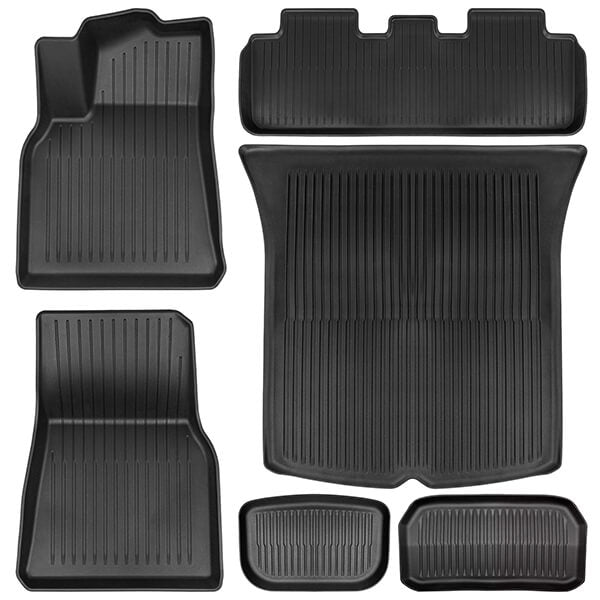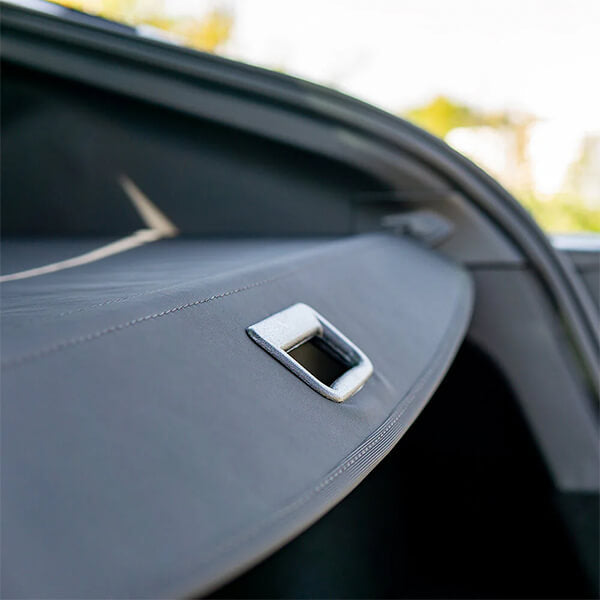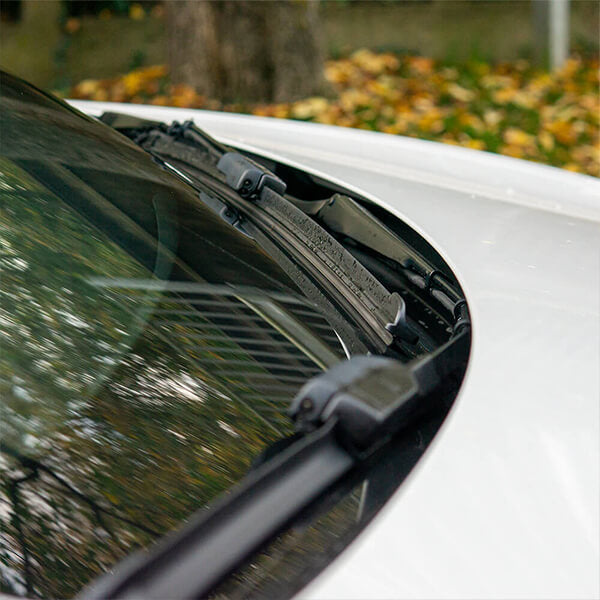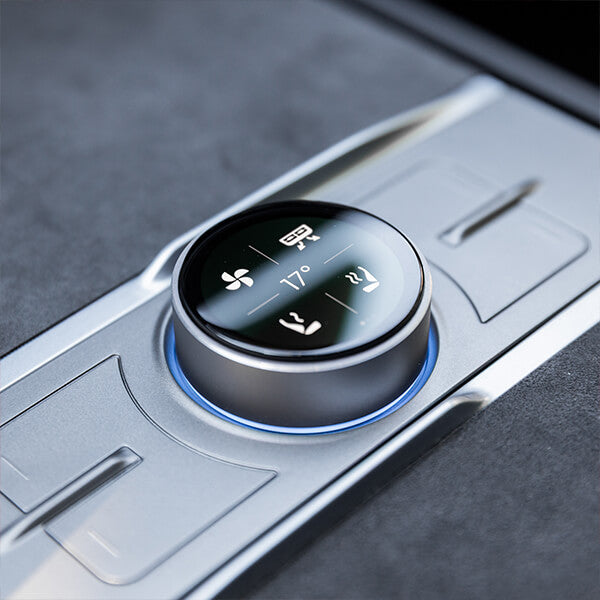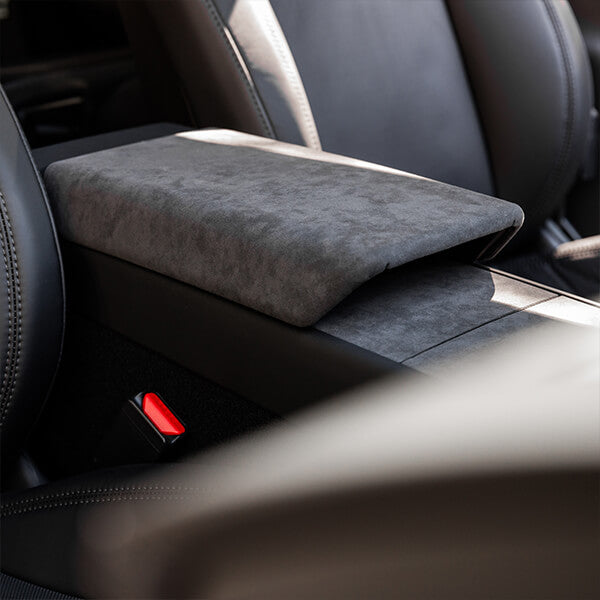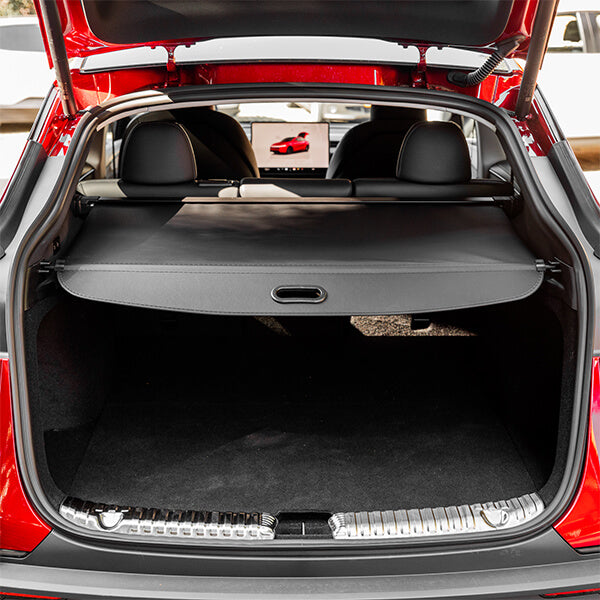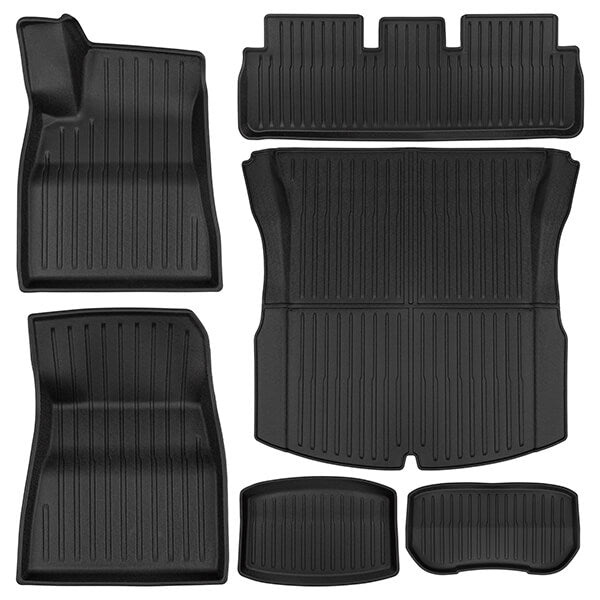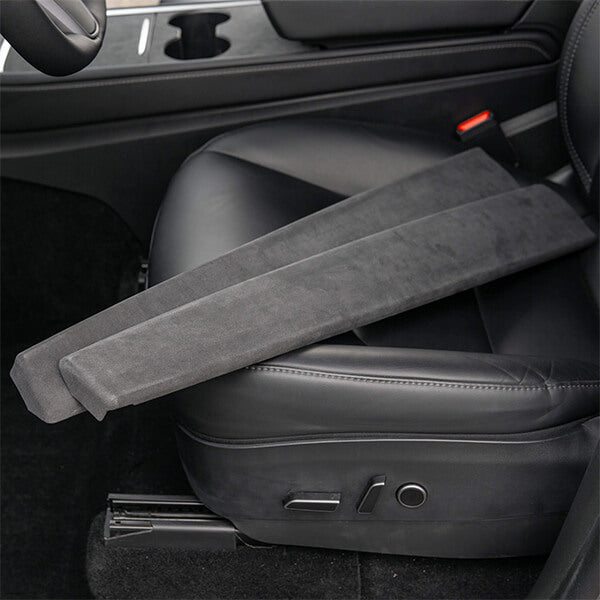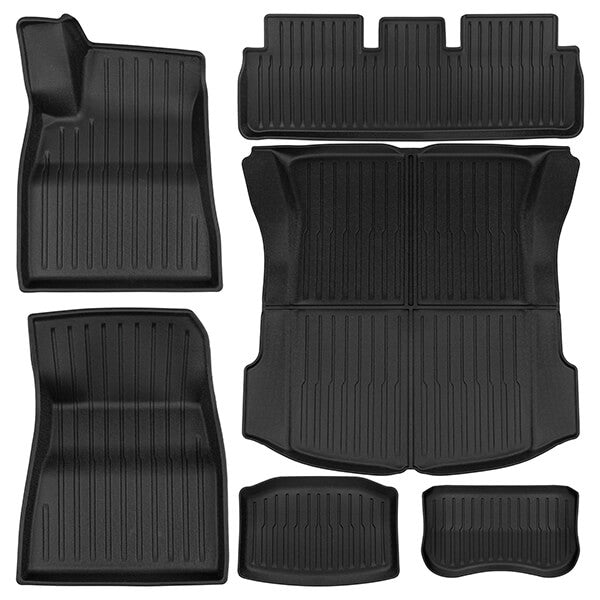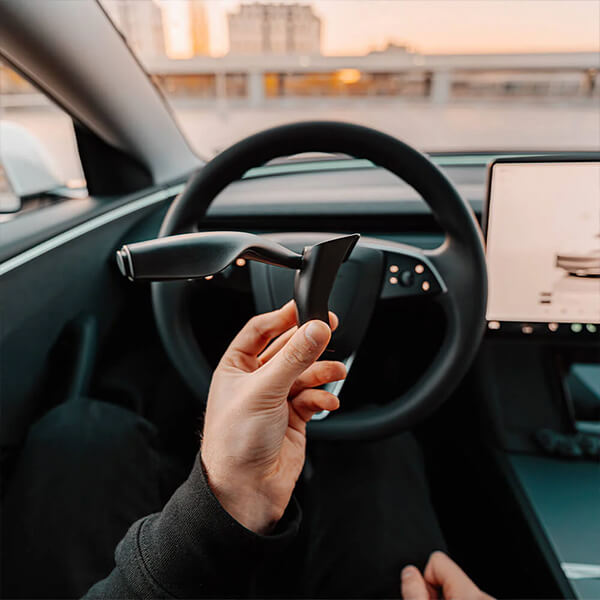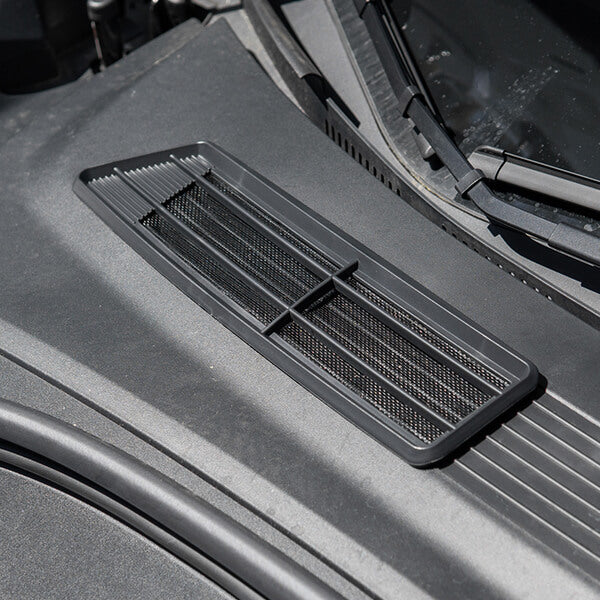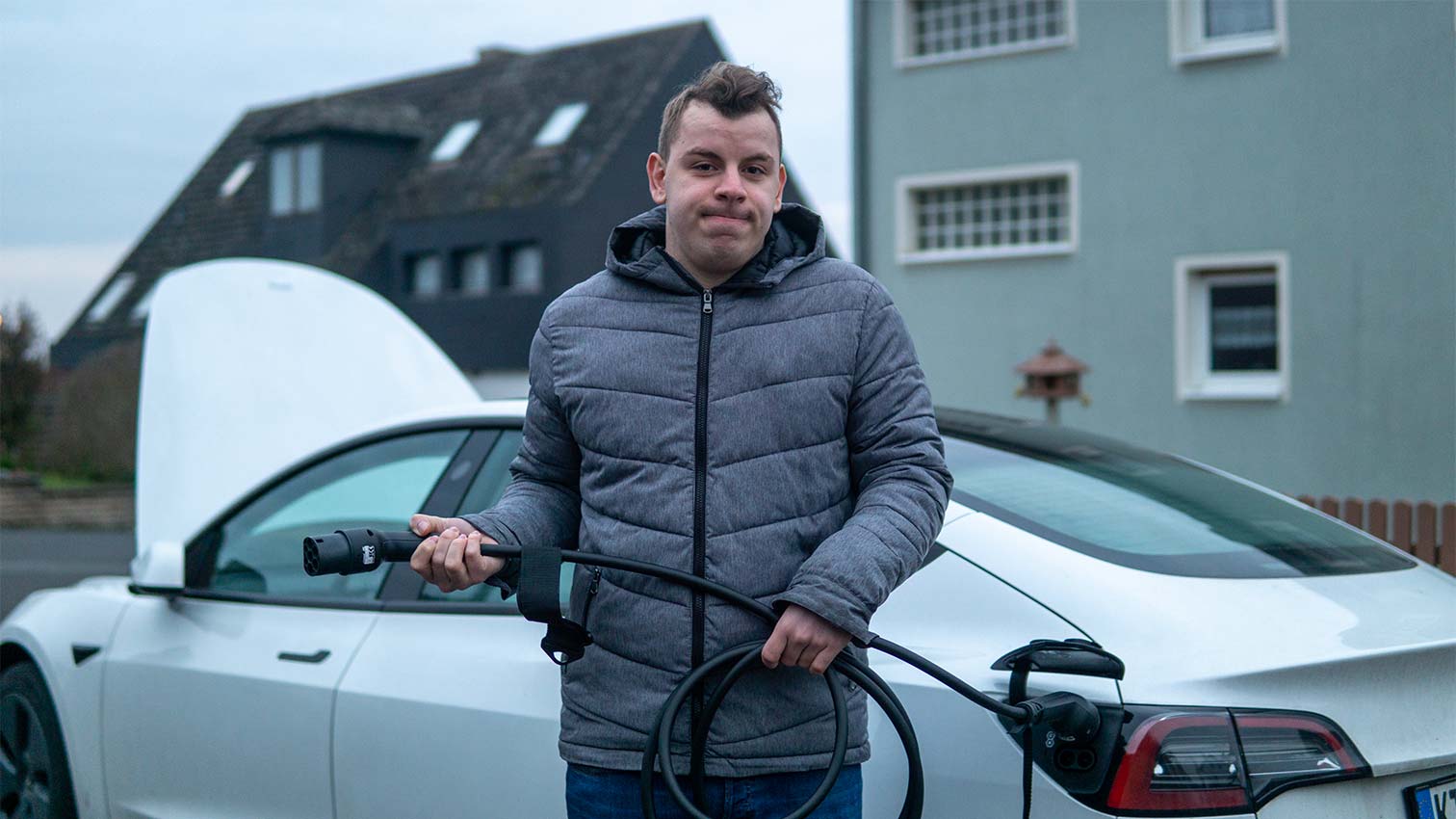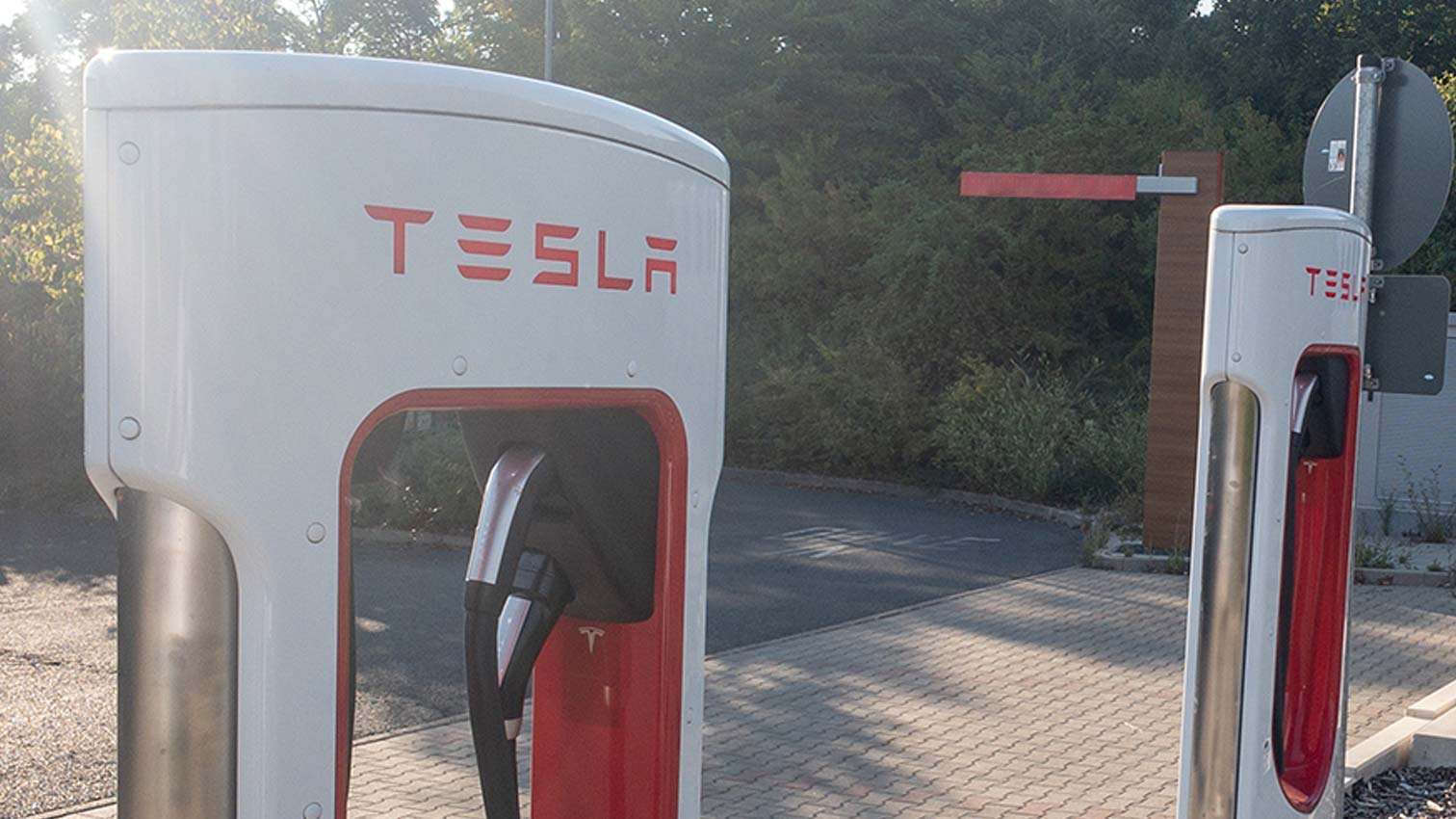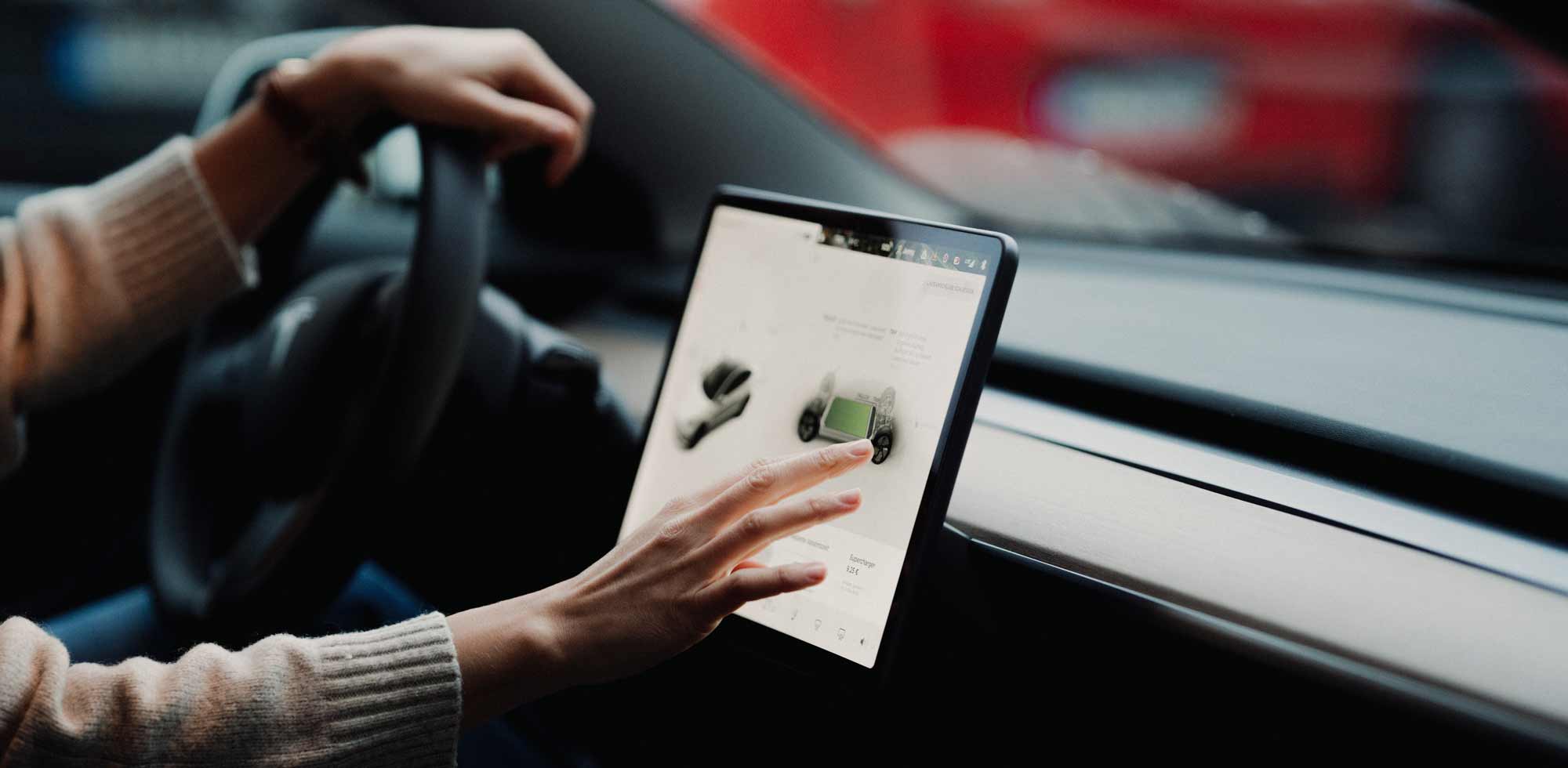Wondering about the towing capacity of Tesla Model 3, Y, and other vehicles? Find out here!
Electric cars were long considered unsuitable for towing trailers and were therefore often delivered without a tow hitch. The loss of valuable range was too great, especially with large and heavy trailers like caravans or aerodynamically unfavorable designs like bicycle carriers.
However, trailers aren't always used for long holiday trips: sometimes you simply want to take green waste to the recycling center or transport a large purchase from the local hardware store home. The amount of range lost on these short trips is usually negligible.
Furthermore, the charging network is now well-developed and vehicles are charging ever faster. Even on longer journeys, range is therefore no longer such a crucial factor.
Tesla towing capacity: Almost every model with a tow hitch
These reasons are likely a key factor in Tesla's decision to now offer a tow hitch for almost every model, although usually as an optional extra. The company has recognized that there is still a need to tow trailers even with electric cars.
Almost anyone who buys a Tesla can meet this need today. However, the possible towing capacity varies considerably. In this article, we explain everything you need to know about towing capacity and driving with a trailer for the individual Tesla models.
Tesla Model 3 towing capacity: Even the smallest can tow a trailer
The Tesla Model 3, as the manufacturer's smallest model, is perhaps the car one would least expect to tow a large trailer. However, as mentioned, even a light trailer can sometimes be quite practical in everyday life. And the Model 3 is perfectly suited for precisely that purpose.
Those who select the optional trailer hitch when purchasing the vehicle – according to Tesla, it cannot be retrofitted. The towbar has a maximum towing capacity of 1,000 kilograms (braked). The unbraked towing capacity is the legal maximum of 750 kilograms. Tesla specifies a maximum tongue weight of 100 kilograms. Older models (built up to 2021) have a towing capacity of 910 kilograms and a nose weight of 91 kilograms.
Anyone wishing to use the Model 3's tow hitch for a bicycle carrier or similar attachments should note the following: The maximum vertical load for such vehicles is usually 55 kilograms, but those driving with 20-inch wheels and carrying more than two passengers only have 20 kilograms available.
The price for the Tesla Model 3 towbar kit is currently €1,350. Interestingly, it is not available for the Model 3 Performance, making the high-performance version the only Tesla for which a towbar is not currently available.
In summary: With the tow hitch, Tesla offers the non-performance Model 3 the possibility of towing small trailers or transporting two to three bicycles. However, larger loads such as caravans or boats are generally not possible with the smallest Tesla.
Tesla Model Y towing capacity
The Model Y crossover SUV is larger and heavier than its "little brother", the Model 3. Accordingly, it can also pull larger loads and will be more suitable for large trailers.
However, the same applies to the Model Y: the tow hitch is optional and must be selected at the time of purchase. Those who buy the tow package can tow up to 1 tow bar with their Model Y.It can tow 600 kilograms (braked) or 750 kilograms (unbraked). The maximum tongue weight is 100 kilograms, just like on the Model 3.
The Model Y can not only tow more, but its tow hitch is also better suited for vertical loads such as bicycle carriers: the maximum is 72 kilograms, only with 20-inch wheels and more than two occupants does this value shrink back to 20 kilograms.
Tesla charges €1,350 for installing a tow hitch on the Model Y. The good news: the tow hitch package is available for all variants, including the Model Y Performance.
As expected, the Model Y tows more than the Model 3; with 1,600 kilograms, even some caravans are no longer a problem.
Tesla Model X towing capacity
Anyone wanting to tow even heavier loads with a Tesla will have to opt for the Model X. The largest and heaviest Tesla also offers the highest towing capacity.
The Plaid variant has a maximum towing capacity of 2,250 kilograms (braked), with a maximum drawbar weight (tongue weight) of 90 kilograms. According to the manual, the maximum towing capacity of the later available long-range models will be 2,300 kilograms and the drawbar weight 100 kilograms.
Interestingly, the vertical load limit for the Model X is 54 kilograms, which is lower than what the Model Y can handle. However, there is no indication that this value decreases with specific wheel/occupant combinations.
What's special about the Model X: The trailer hitch package is already included in the price, at least in the Plaid trim, and doesn't need to be paid for separately. Whether the trailer hitch will also be standard on the Model X Long Range remains to be seen.
Conclusion: With the Model X's towing capacity, even large trailers, boats and caravans are generally no longer a problem; there is plenty of power available anyway.
Tesla Model S towing capacity
The Model S would theoretically have enough power to tow large trailers. Its weight of over two tons would also allow for considerable towing capacity. Unfortunately, Tesla doesn't permit this: owners of the luxury sedan must make do with a braked towing capacity of 1,600 kilograms, and the permissible tongue weight is also limited to 100 kilograms. These figures apply to all Model S variants.
The Model S, like the Model X, can tow bike racks and other vertical loads up to a maximum of 54 kilograms. In this respect, the Model Y, with its 72-kilogram capacity, is actually the most robust and practical vehicle.
One unique feature of the Model S: While the basic framework for a trailer hitch is installed as standard in every vehicle, the hitch itself must be purchased separately. It cannot currently be selected during the ordering process and must be bought afterwards. The cost: 790 euros.
The Model S is perfectly adequate for a standard-sized caravan or smaller trailers. Anyone who regularly needs more towing capacity will have to opt for the Model X. However, the price difference isn't too significant, especially since the Model X includes the towing package.
Reduced Tesla range with a trailer
But why are the towing capacities of Teslas, and electric vehicles in general, lower than those of combustion engine vehicles? The fact is that even the Model X, with its 2,300 kilograms towing capacity, lags behind similarly sized combustion engine SUVs.
The reason is the sometimes enormous loss of range, depending on the trailer. Anyone with a second trailer...Anyone towing a 300-kilogram trailer with their Model X has almost twice the weight to pull. Furthermore, trailers are typically not very aerodynamic, thus significantly increasing the air resistance of the vehicle combination. Both of these factors noticeably impact fuel consumption and therefore the vehicle's range. Depending on the trailer, this can decrease by up to 50 percent.
In principle, combustion engines have the same problem – their fuel consumption also increases with higher mass and air resistance. However, range has traditionally played a much more important role for electric cars than for combustion engine vehicles. Against this backdrop, it only makes sense that Tesla and other electric car manufacturers restrict the towing capabilities to avoid excessively impacting the range.
At the same time, the increasingly high towing capacity of electric vehicles shows that the industry is slowly but surely moving away from the burdensome range stigma.
With a trailer: Observe the maximum speed.
However, this stigma hasn't completely disappeared; range remains a key factor. Therefore, anyone wanting to minimize their range loss while towing a trailer should keep their fuel consumption as low as possible with a passive driving style. This primarily involves avoiding high speeds. Outside of built-up areas, the maximum speed permitted with a trailer is 80 km/h. If the trailer meets certain requirements, this limit can be increased to 100 km/h on motorways and expressways – but under no circumstances is a higher speed allowed.
While these speeds don't allow for the usual rapid progress, at least the fuel consumption remains reasonable despite the trailer.
Conclusion: The Tesla tow hitch is worth it despite the extra cost
Even though the trailer package comes at an extra cost, it will be worth it for many buyers. helpful gadgets They will instantly improve your Tesla experience.
At Teslabs you will find Accessories for Model Y and other models for greater comfort and better protection.
Unlike in Tesla's early days, towing a trailer with electric cars is now quite feasible. With most Tesla models, you no longer have to feel self-conscious at the recycling center or on a holiday trip with a caravan.
Driving with a trailer always reduces the range. However, with today's battery capacities, an adapted driving style, and the well-developed Supercharger network, even this no longer poses too great a challenge.

